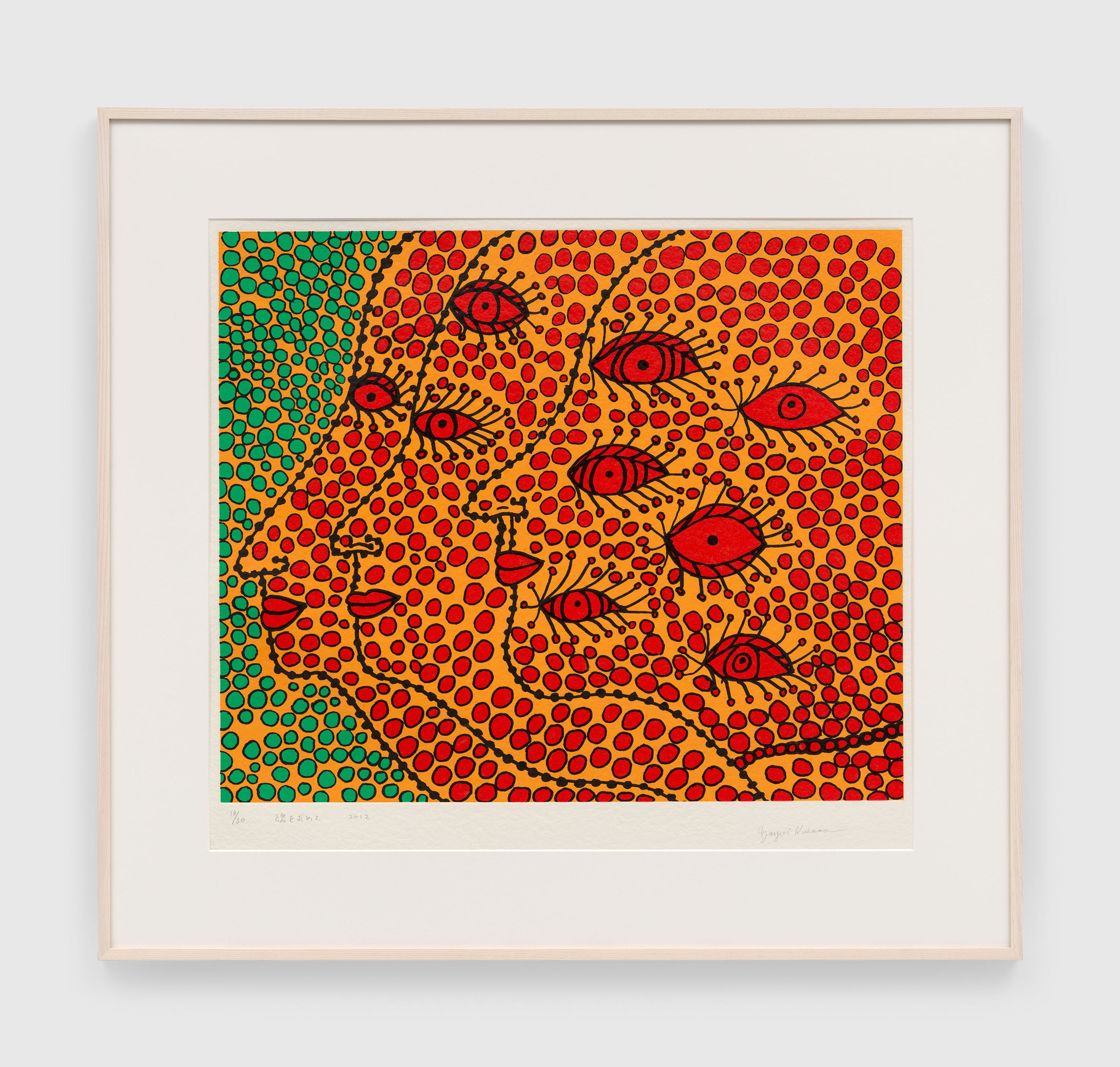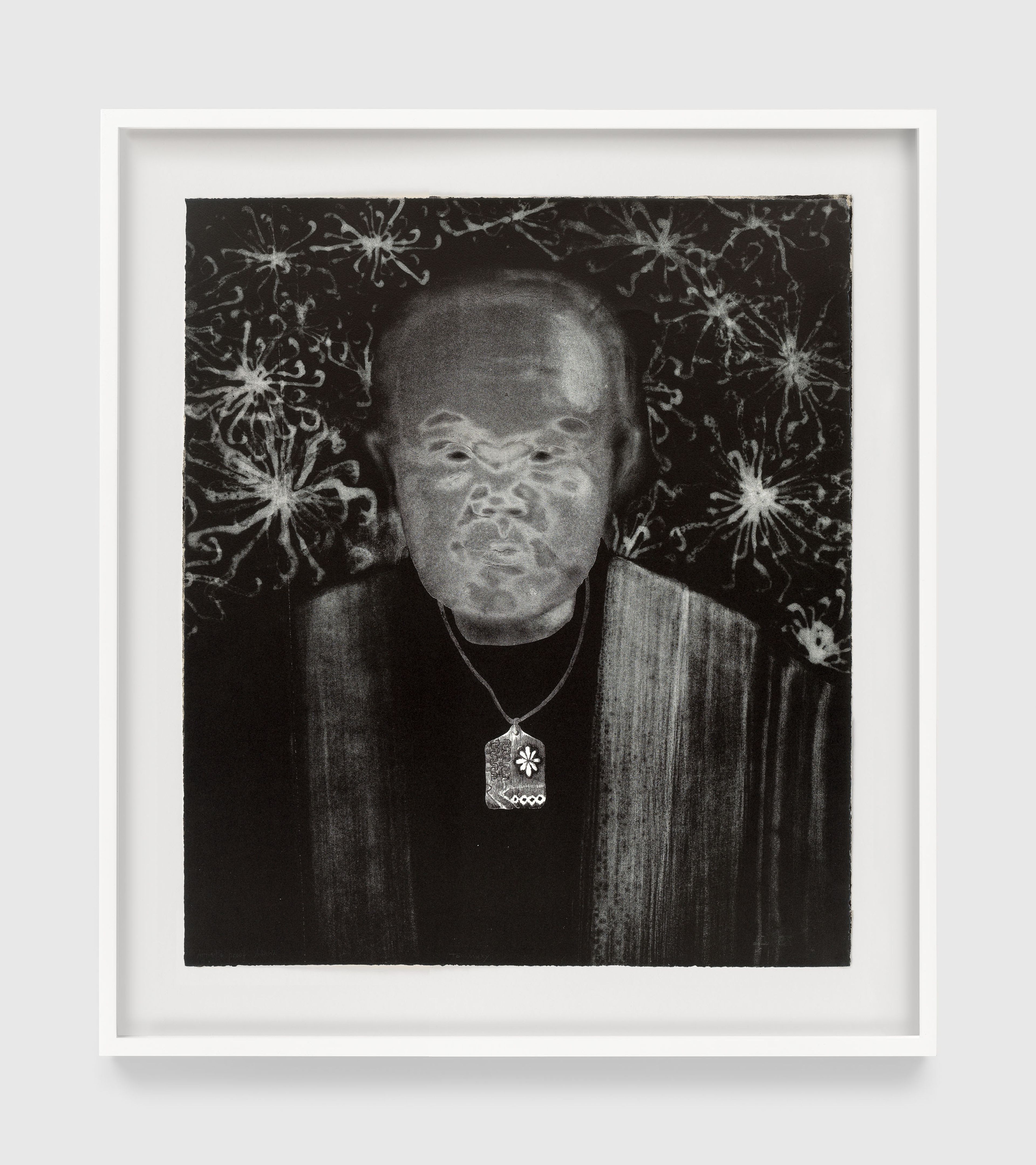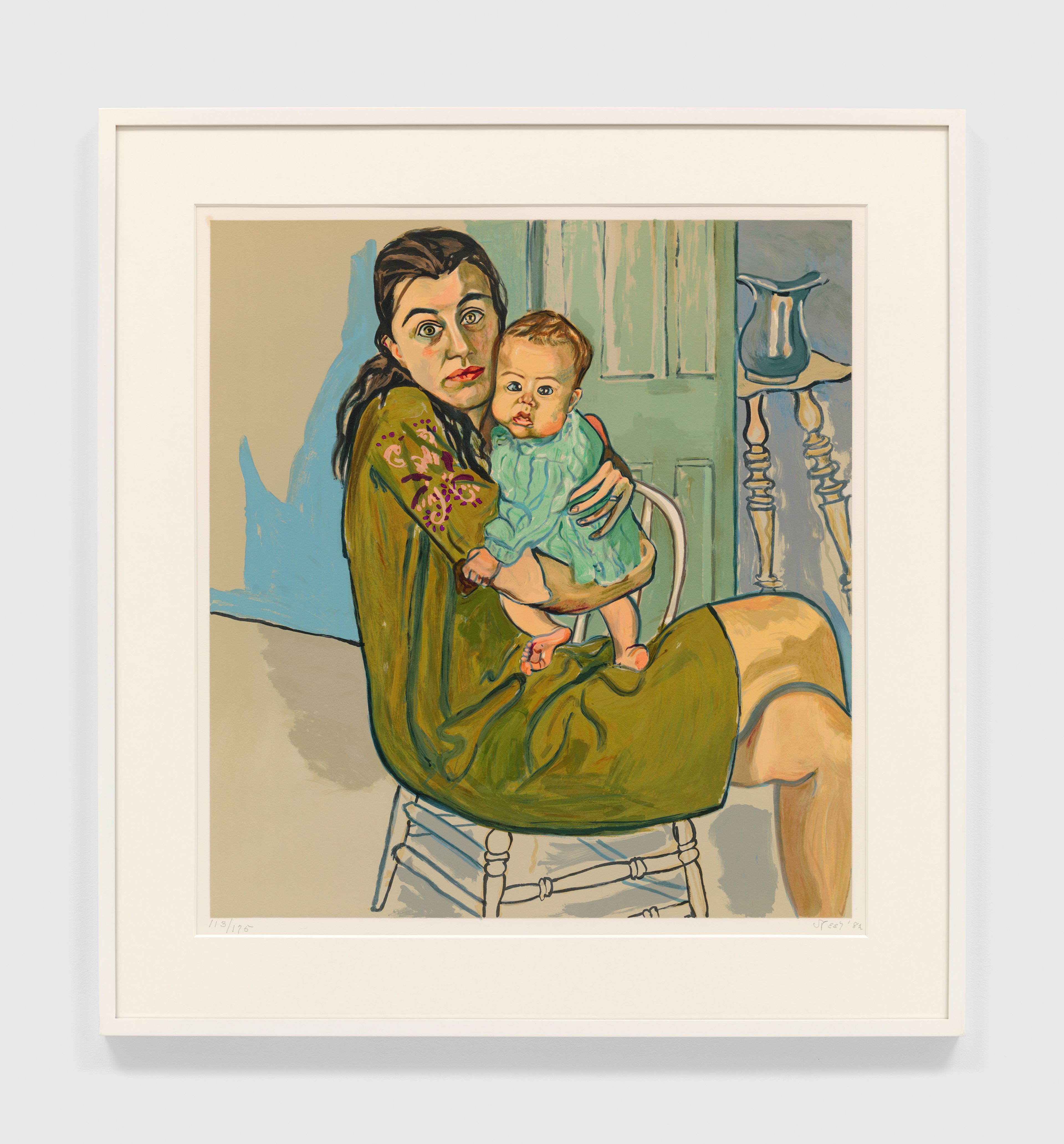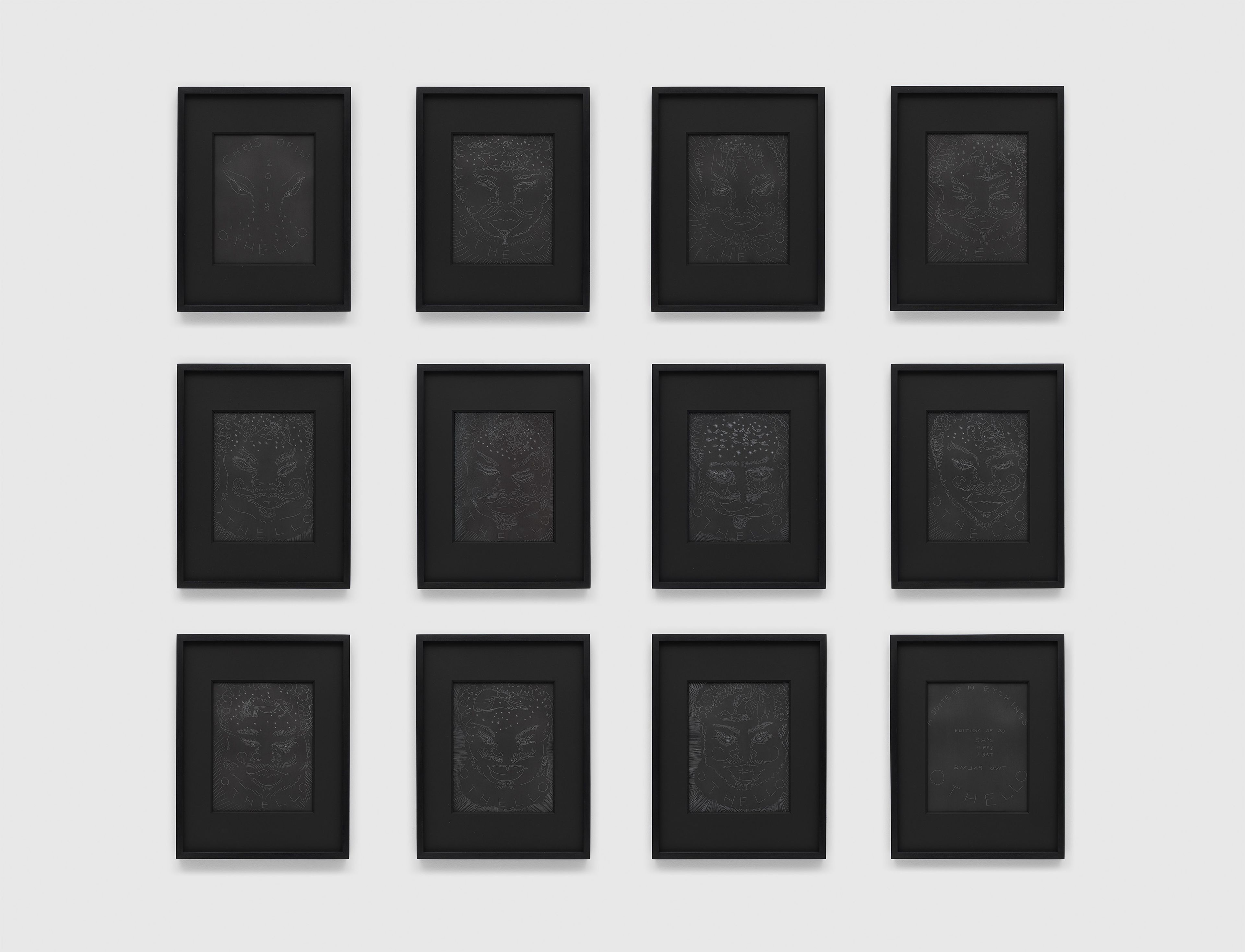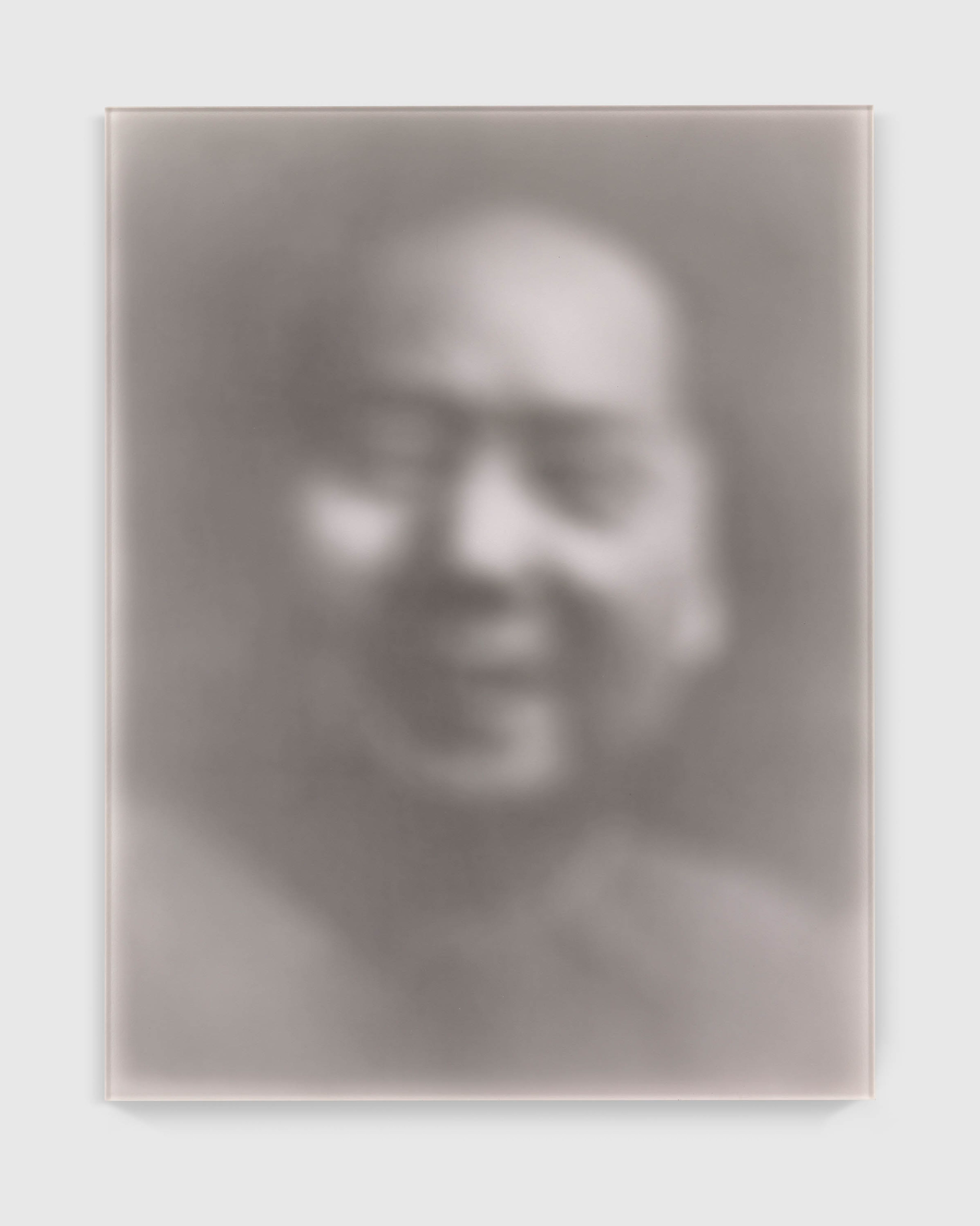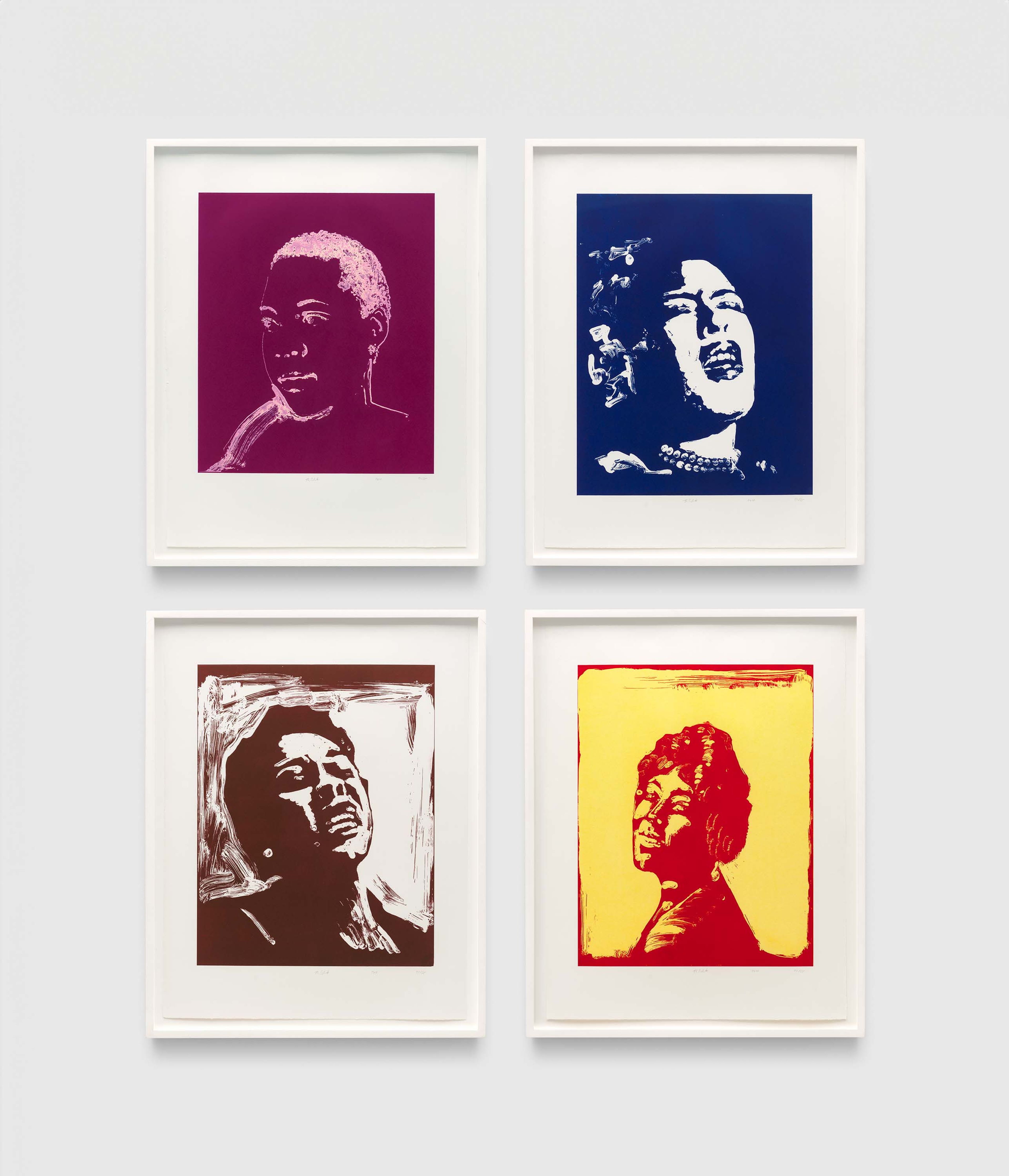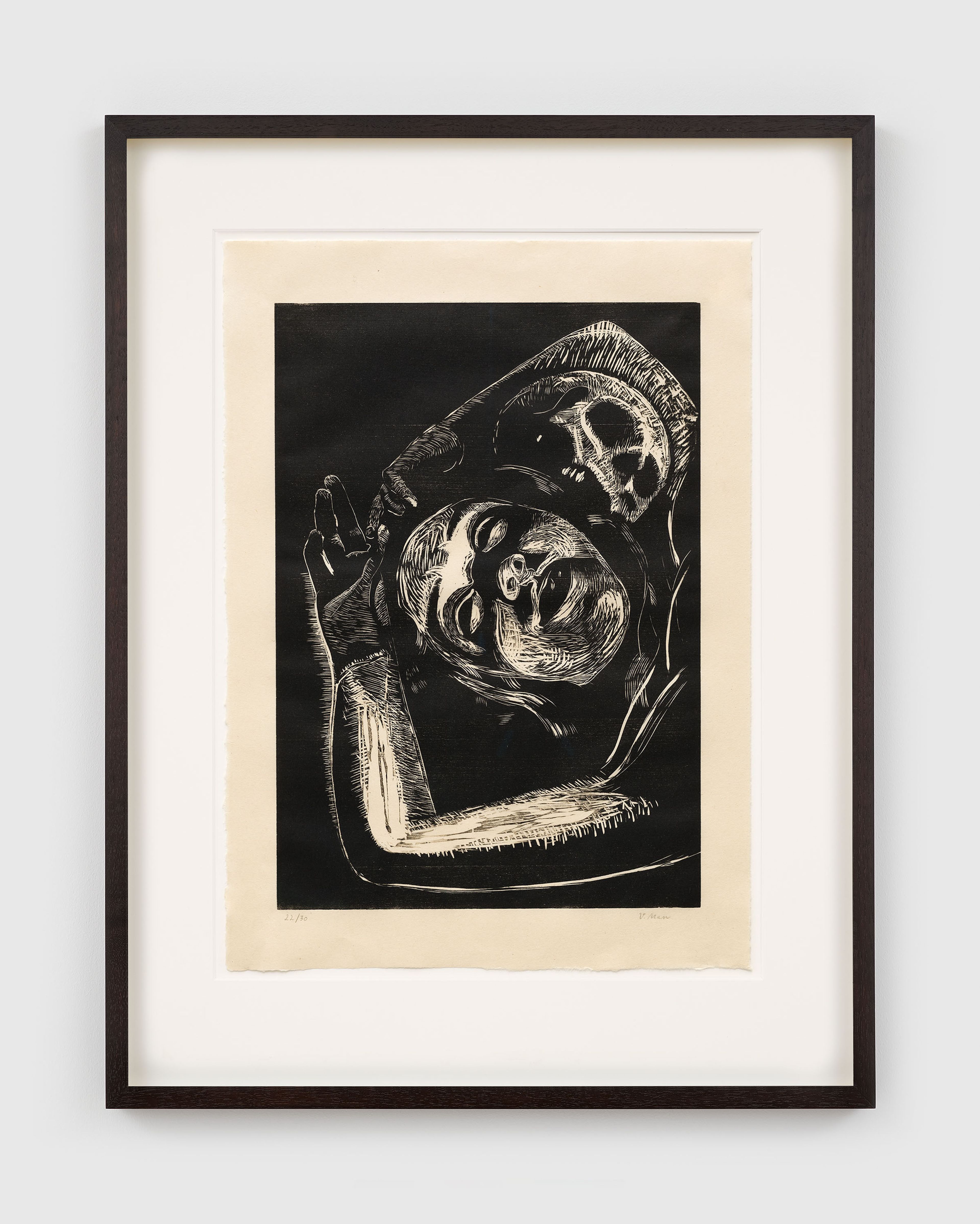Online Exhibition
Character Study: Portraits in Print
Interested in artworks?
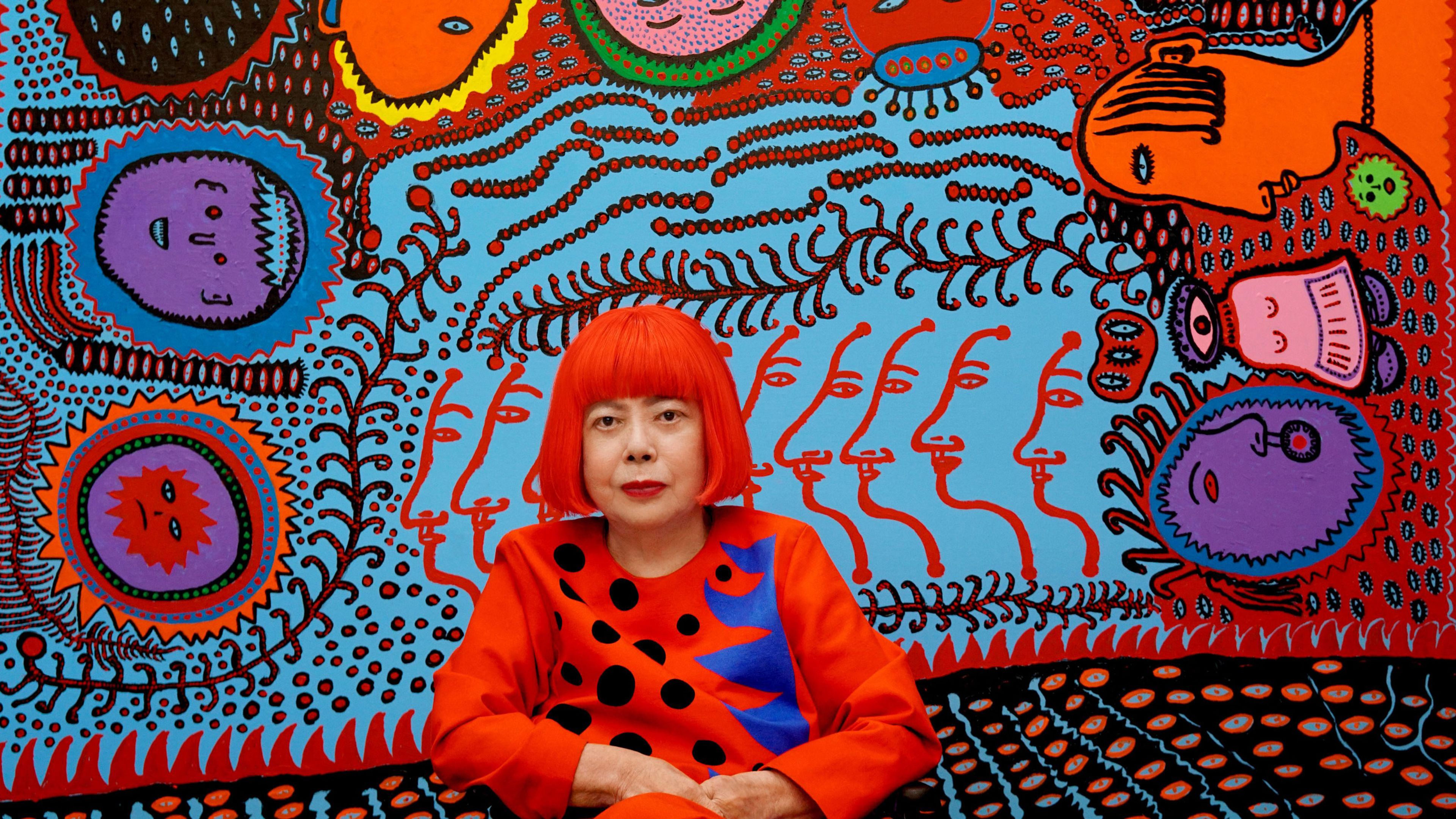
Portrait of Yayoi Kusama. © YAYOI KUSAMA. Courtesy David Zwirner, Ota Fine Arts, and Victoria Miro
Seeking the Soul features repeating faces in biomorphic shapes, a well-known motif in Kusama’s oeuvre that is particularly present in one of her most celebrated and iconic series, My Eternal Soul (2009–2021).
Kusama began creating prints in the late 1970s. For these works, the artist continues to apply the notable motifs that she explores in her paintings, sculptures, and installations. The repetitive process of printmaking echoes the history of obsession within her work, which derives from her desire for art that is at once autobiographical and seemingly created outside the confines of the self.
“I have been making prints ever since I was captivated by their allure, and am constantly overwhelmed by the brilliance arising from within the process of making them.… I wish to make countless duplicates of the same visual field and spread them across the world.”
—Yayoi Kusama
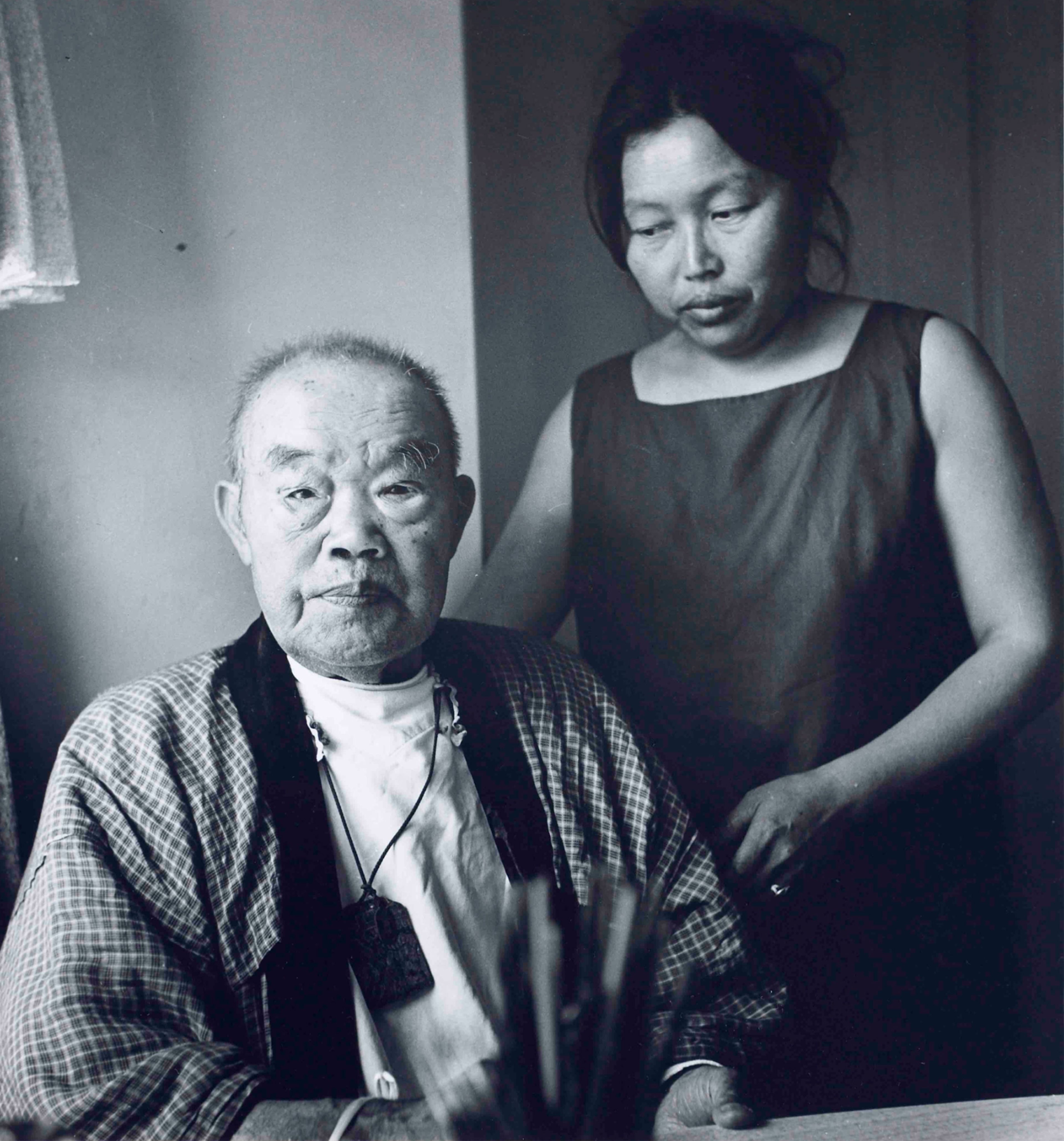
Portrait of Ruth Asawa with her father, Umakichi Asawa, 1966. Photo by Imogen Cunningham. © 2025 Imogen Cunningham Trust. Courtesy the Imogen Cunningham Trust
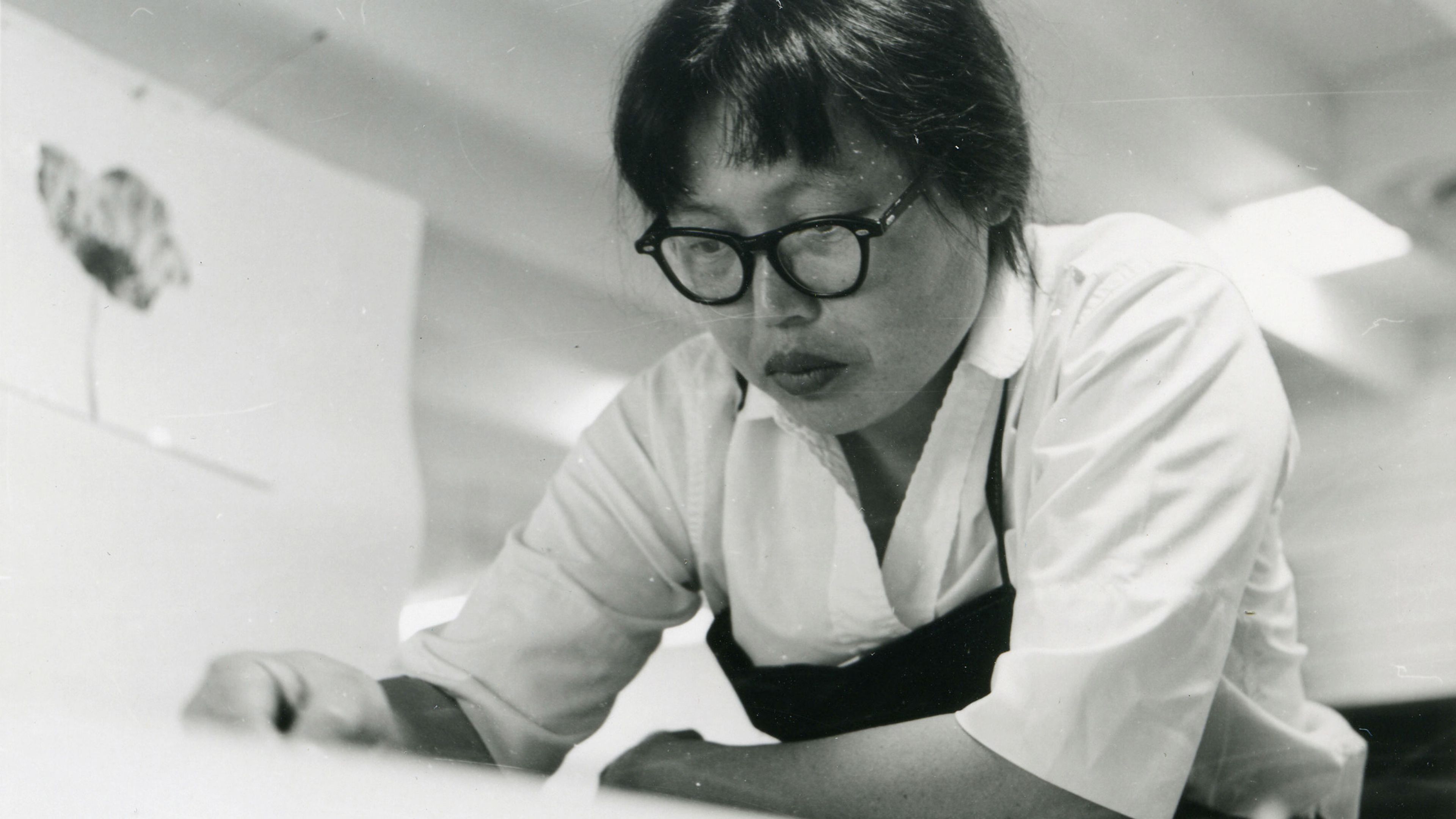
Ruth Asawa at the Tamarind Lithography Workshop, 1965. Courtesy Tamarind Institute Pictorial Collection, Center for Southwest Research, University of New Mexico, Albuquerque, New Mexico
This lithograph depicts Ruth Asawa’s father, Umakichi Asawa, and was created during her pivotal 1965 fellowship at the Tamarind Lithography Workshop in Los Angeles.
Umakichi held deep personal significance for the artist. The fellowship allowed Asawa to spend time with her parents, who were living in Los Angeles at the time, as well as with other family members who returned to the area following their incarceration during World War II.
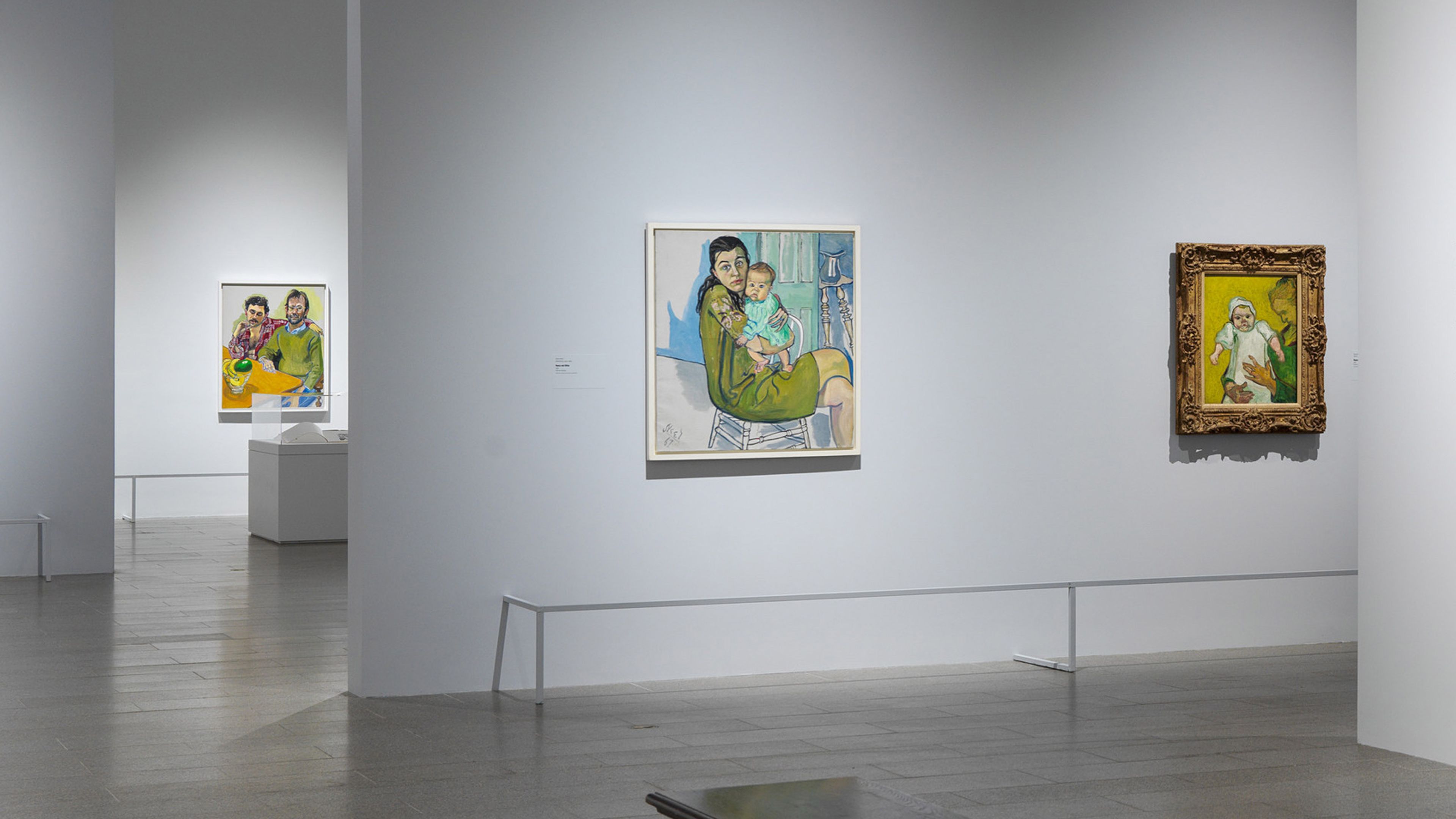
Installation view showing Neel’s painting Mother and Child (Nancy and Olivia) (1967), in Alice Neel: People Come First, The Metropolitan Museum of Art, New York, 2021
While Neel’s primary medium was painting, the artist worked with master printers to make a number of prints in the 1970s and 1980s, creating works that feature many of her recurring subjects. Neel is known for her daringly honest, humanist approach to the figure and for painting those around her—writers, poets, artists, activists, family, and friends.
Here, Neel depicts her daughter-in-law, Nancy, holding her first daughter, Olivia. Motherhood is one of the many recurring themes in Neel's work that shows the artist's interest in frankly capturing the individuality and humanity of her sitters.
Nancy and Olivia revisits Neel’s 1967 painting Mother and Child (Nancy and Olivia), which captures the unsentimental and universal side of motherhood and was prominently featured in Neel’s critically acclaimed retrospective at The Metropolitan Museum of Art in 2021.
“For me, people come first…. I have tried to assert the dignity and eternal importance of the human being.”
—Alice Neel
Chris Ofili, Othello, 2018
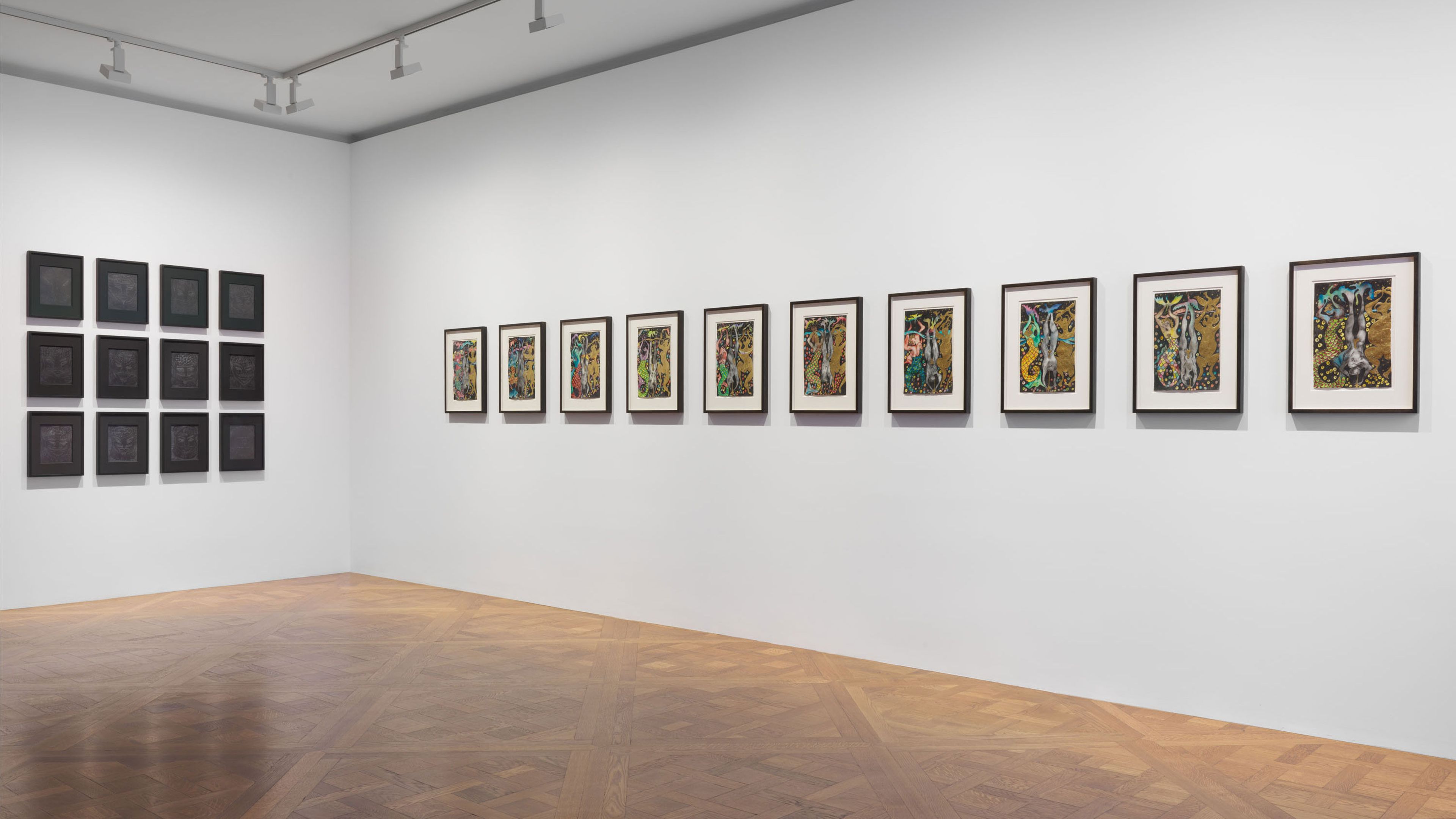
This series was first unveiled in the artist’s solo exhibition at David Zwirner New York in 2019, Dangerous Liaisons. The works also feature in a publication by David Zwirner Books, part of a series of titles featuring contemporary artists illustrating Shakespeare’s classic plays.
In this series of etchings inspired by Shakespeare’s Othello, Ofili renders the Moorish general’s face in stark lines that encompass the entirety of the paper’s surface, which has been coated with black mica, giving it a subtle iridescent glow. In the figure’s forehead, he illustrates scenes from the tragedy.
Across the ten etchings (there is also a title page and colophon), varying in facial features and accoutrement, the artist collapses and endlessly refracts Othello’s personhood. Ofili presents the tragic Shakespearean figure as simultaneously one and many—viewed through the lens of the self and filtered through diverse moments in racial, cultural, literary, and visual history.
“Ofili’s portraits of Othello … might open up new pathways in the history of Othello’s portrayal. When we consider the double valence of the word ‘portray,’ as the act congeals into an artist’s portrait or is dispersed in an actor’s portrayal, things clear up in the blurring of the line between thing and event.”
—Fred Moten, scholar and writer
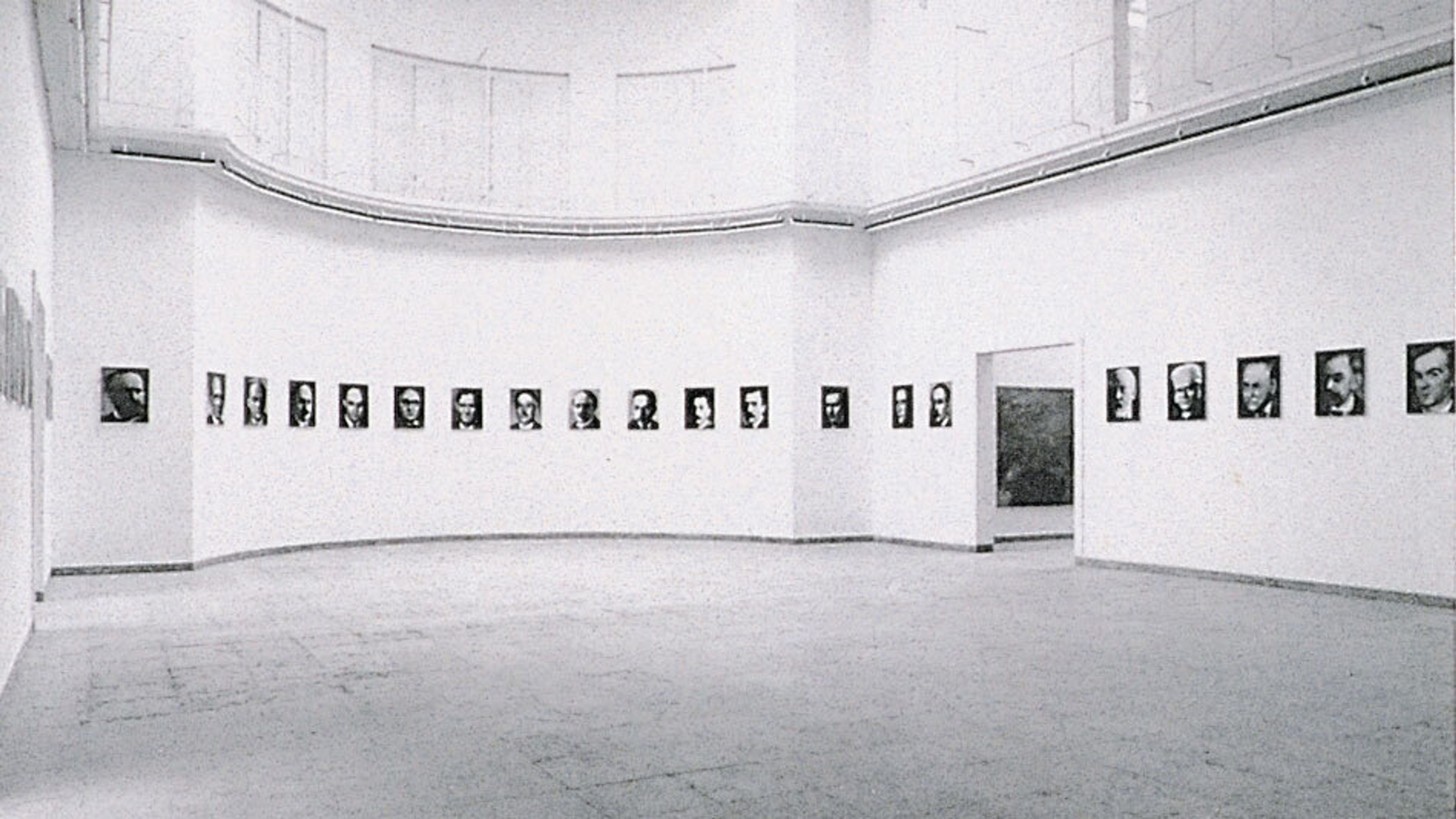
Installation view, 48 Portraits, 36th Venice Biennale, 1972. © Gerhard Richter 2025 (0003)
Richter’s TWIN MAO, depicting Chinese political leader Mao Zedong, is based on a photograph the artist took in 1968 of a newspaper illustration. Hazy and monochromatic, yet still instantly recognizable in its subject matter, this edition puts forth a new kind of abstraction that collapses distinctions between photography and printmaking.
Prints and multiples have played a crucial role in Richter’s practice since 1965, serving as a way for him to experiment with visual facsimiles and the interplay of mediums. TWIN MAO is one of three editions based on this 1968 photograph that the artist created in 2018–2019. These depictions of Mao are closely related to Richter’s iconic multipart painting 48 Portraits (1972), which was originally conceived for the artist’s solo presentation at the German Pavilion of the 1972 Venice Biennale.
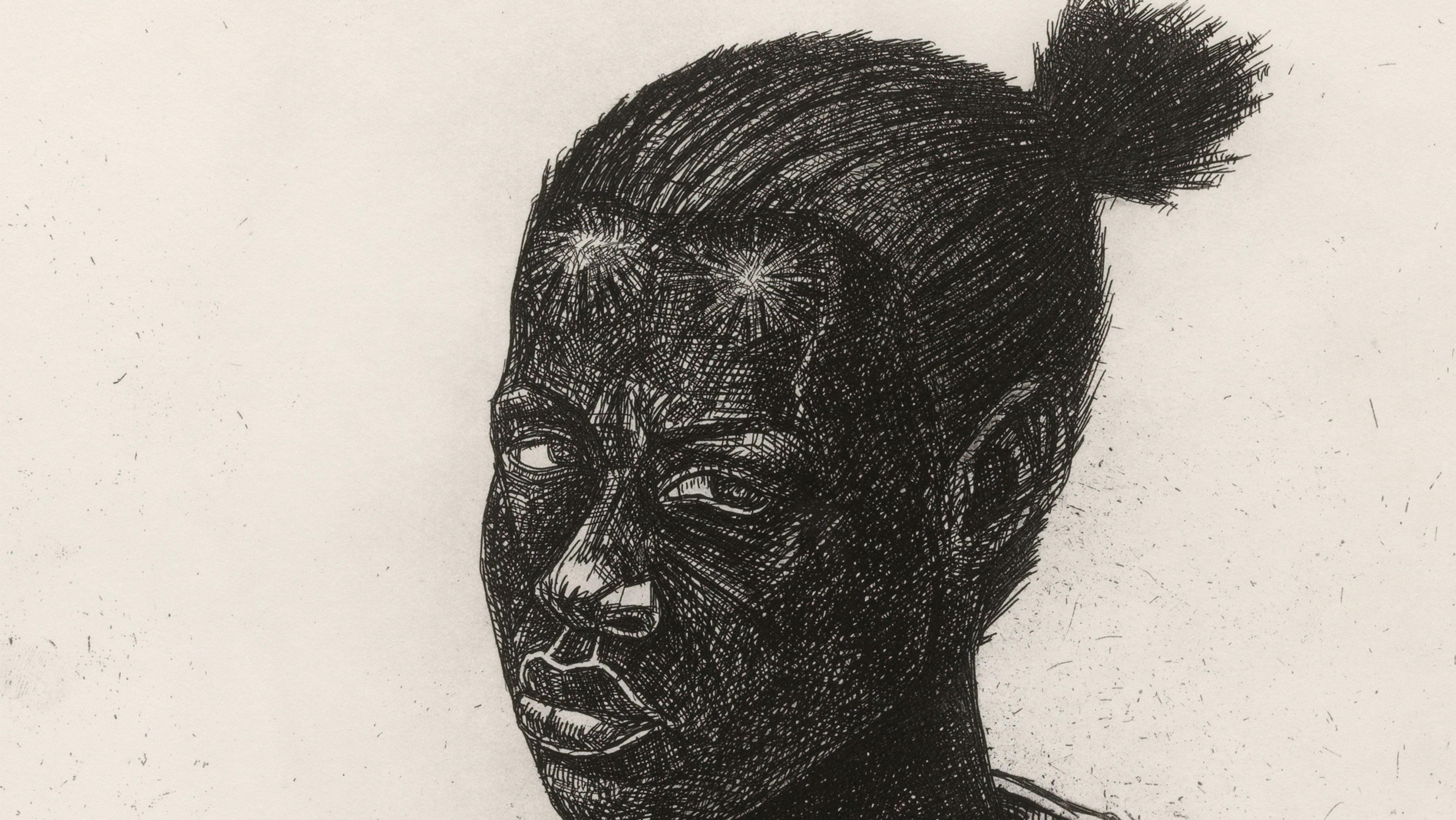
Kerry James Marshall, Untitled (Woman), 2010 (detail)
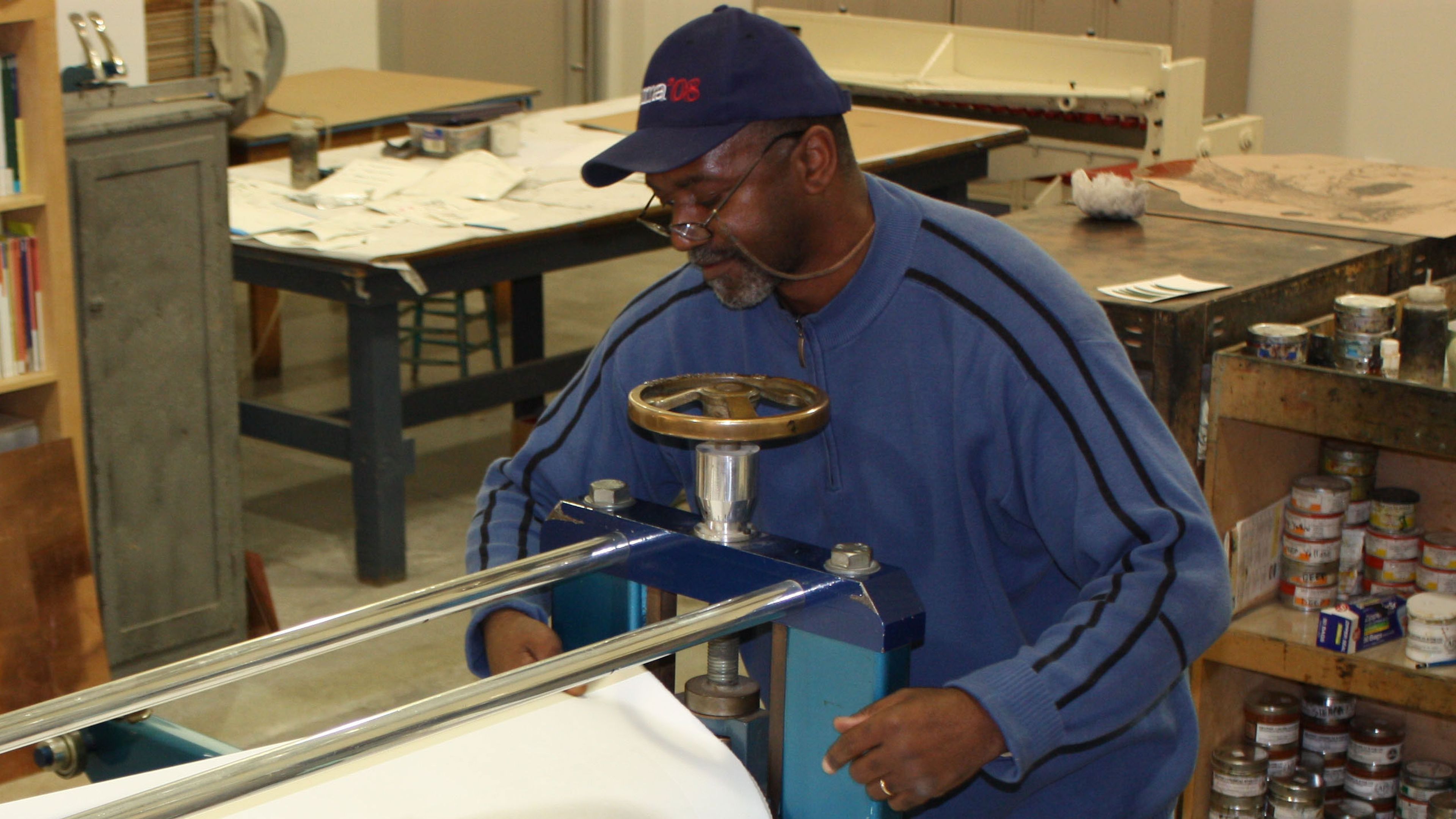
Kerry James Marshall at Paulson Fontaine Press (formerly Paulson Bott Press), Berkeley, California, 2010. Courtesy Paulson Fontaine Press
Throughout his oeuvre, Marshall makes reference to the history of painting and its various genres, recasting familiar scenes with Black figures, often engaged in mundane, everyday activities.
As Susan Tallman notes in the artist’s catalogue raisonné of prints, the present work “can be seen in the tradition of the Dutch Golden Age tronie—portraits in which the identity of the sitter is unknown and yet the sense of individual personhood is communicated through body language, expression, and costume. (Vermeer’s Girl with a Pearl Earring is one famous example.)”
To compose this work, Marshall used a Barbie doll he purchased from a thrift store near the print workshop as a model, fashioning her jacket out of tracing paper.
Thomas Schütte, Blues Women (Bessie Smith, Billie Holiday, Dinah Washington, Mamie Smith), 2018
This suite of four portraits depicts iconic American female blues and jazz singers using only a few high-contrast tones. Together, the restricted, vibrant palette and the close crop on each woman’s face convey in sharp relief the expressive volume and emotion of their individual and collective voices.
The edition reflects Schütte’s ongoing interest in music, one of myriad influences apparent in the artist’s work. Like the portraits in a related series of watercolors and etchings, Blues Men (2019), Schütte based these depictions on famous photographs of the singers.
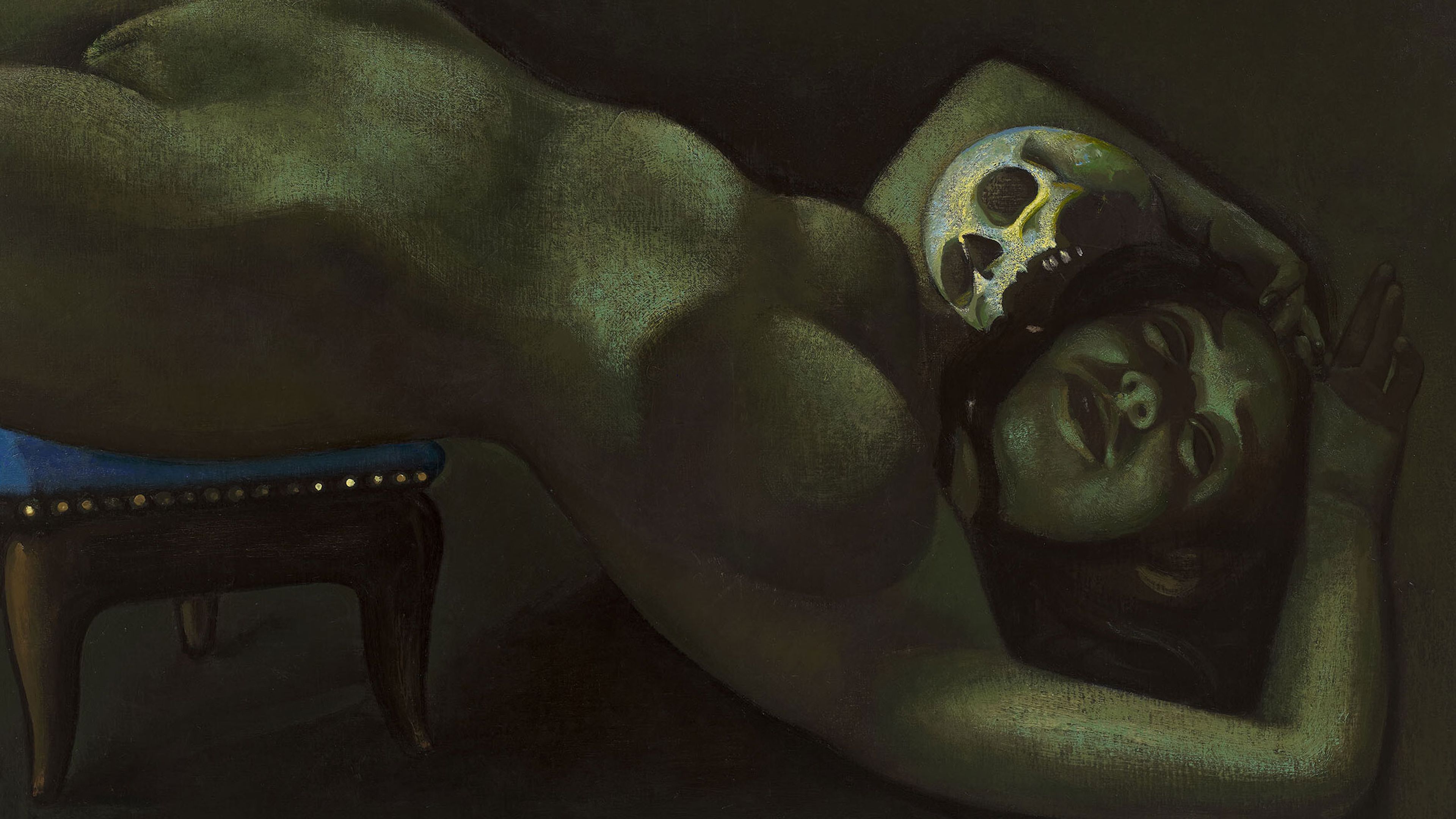
Man’s Girl with Goya's Skull (Memorable Equinox) (2022) relates to the artist’s 2021 painting of the same name.
Man’s psychologically layered, resolutely enigmatic paintings often depict portraits of individuals from his milieu, cloaked in shadowed melancholia and suspended in a transitory, dreamlike psychical state.
This woodcut depicts a reclining girl with a human skull resting in the crook of one arm, referencing Francisco Goya, whose skull was discovered to be missing half a century after his death. The print also recalls Dionisio Fierros’s Vanitas (1849), inscribed “Skull of Goya” on its frame, as well as the centuries-old artistic motif of death and the maiden.
“What coexists in Victor Man’s art are not only the different dimensions of time and the forms of feeling but also, and above all, the dimensions of human existence.”
–Alessandro Rabottini, writer and curator
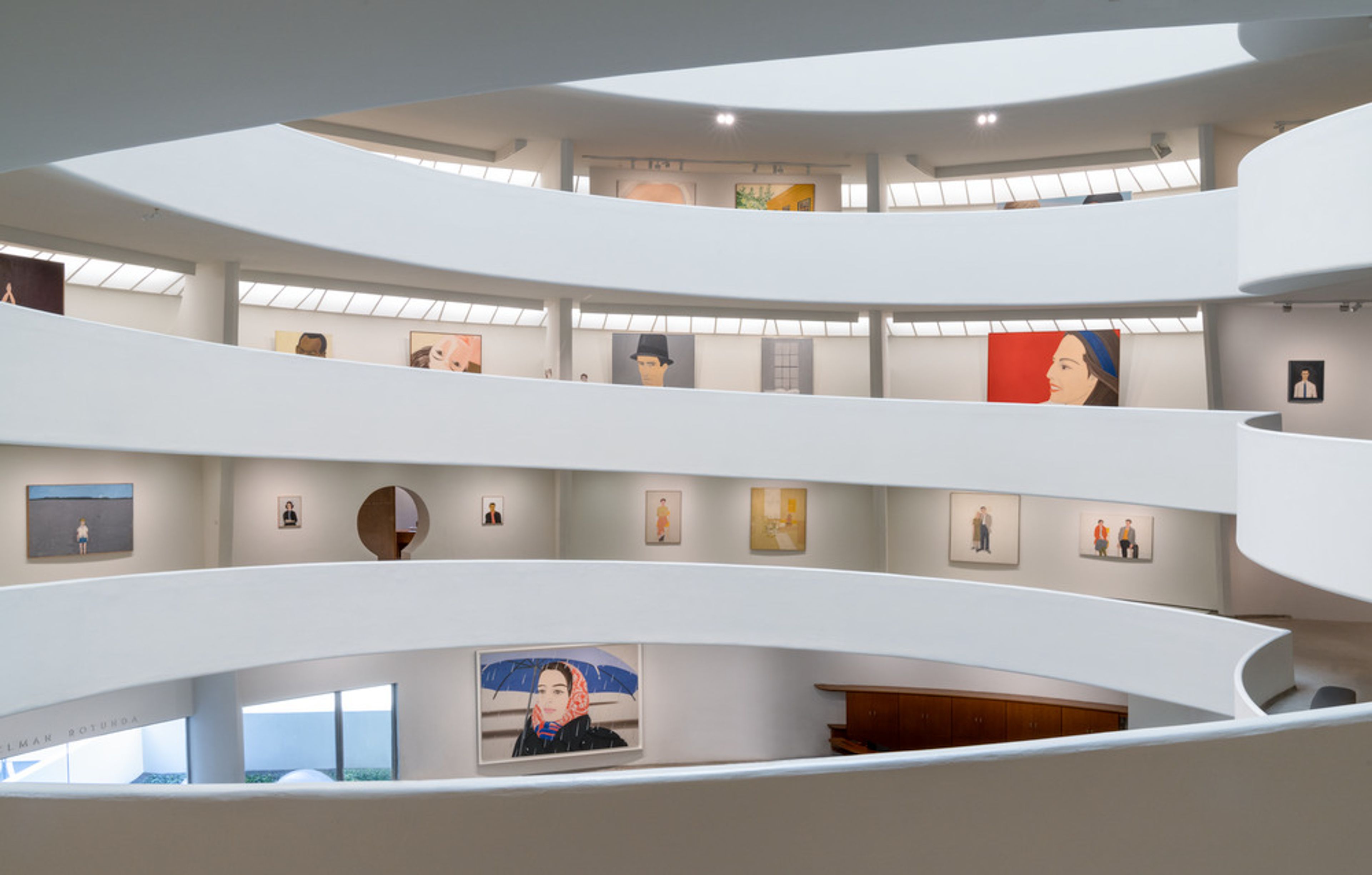
Katz’s 2023 retrospective at the Guggenheim Museum, Alex Katz: Gathering, exemplifies the artist’s enduring study of Ada, his wife of more than sixty-five years, featuring paintings of Ada, from Blue Umbrella 2 (1972) on the rotunda floor to Ada’s Back (2021) on the top floor. Photo by Ariel Ione Williams and Midge Wattles © Solomon R. Guggenheim Foundation, New York
Katz became increasingly interested in portraiture in the late 1950s—when mainstream American art had turned decisively away from representational painting—and began to capture strong, straightforward likenesses of his subjects rendered in vivid colors, a style that has persisted throughout his work to date.
Through Katz’s unique manipulation of scale, in which he frequently paints his subjects with faces close-up or cropped by the canvas edge, his portraits evoke a distinctive combination of intimacy and detachment. He often portrays his own social milieu—painting fellow artists, family members (most notably his wife and long-standing muse, Ada, as in Black Cap (Ada)), and friends.
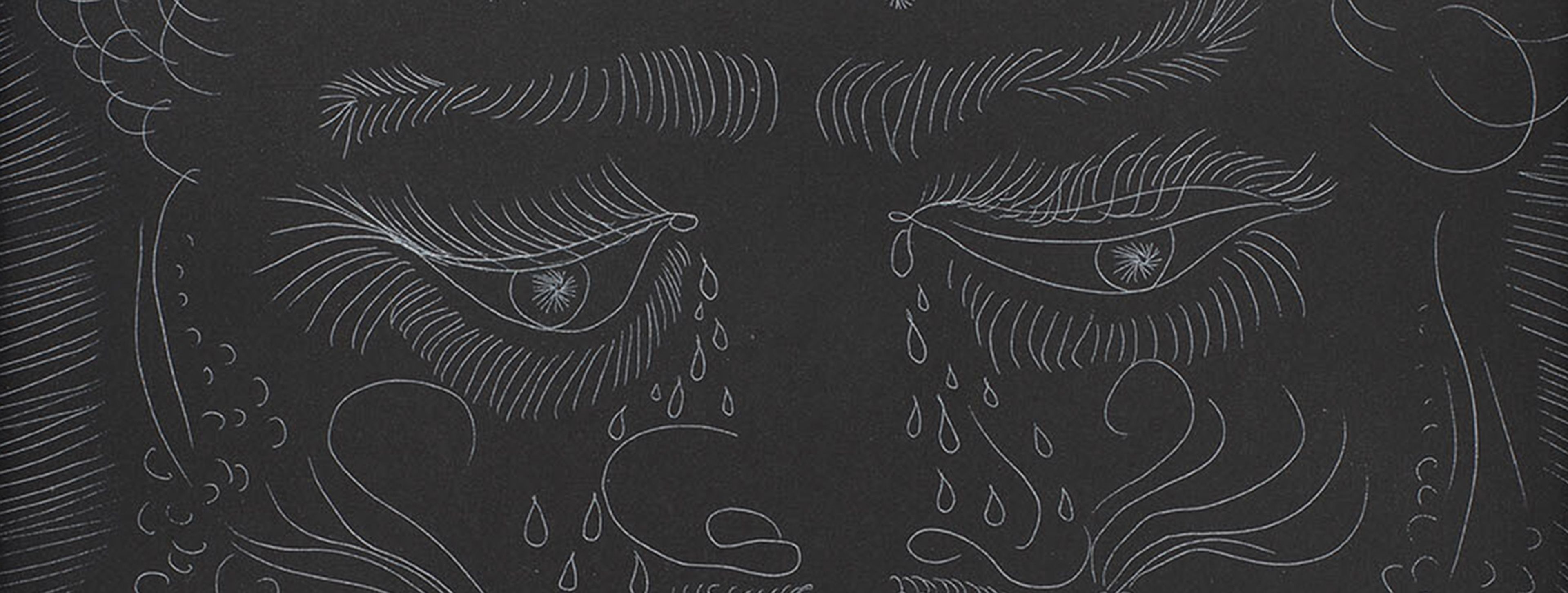
Inquire about prints and editions
